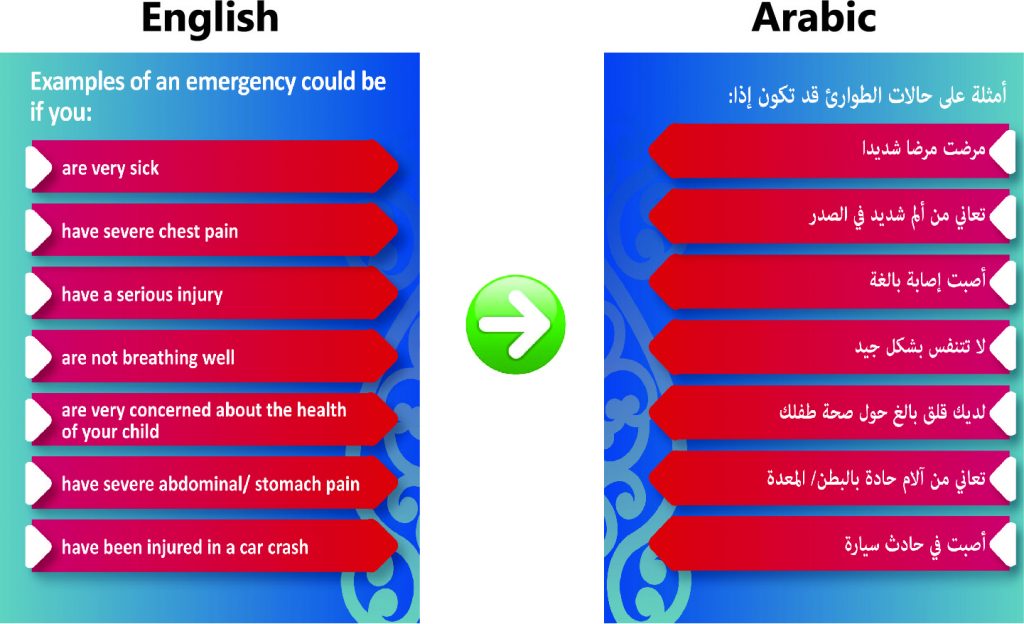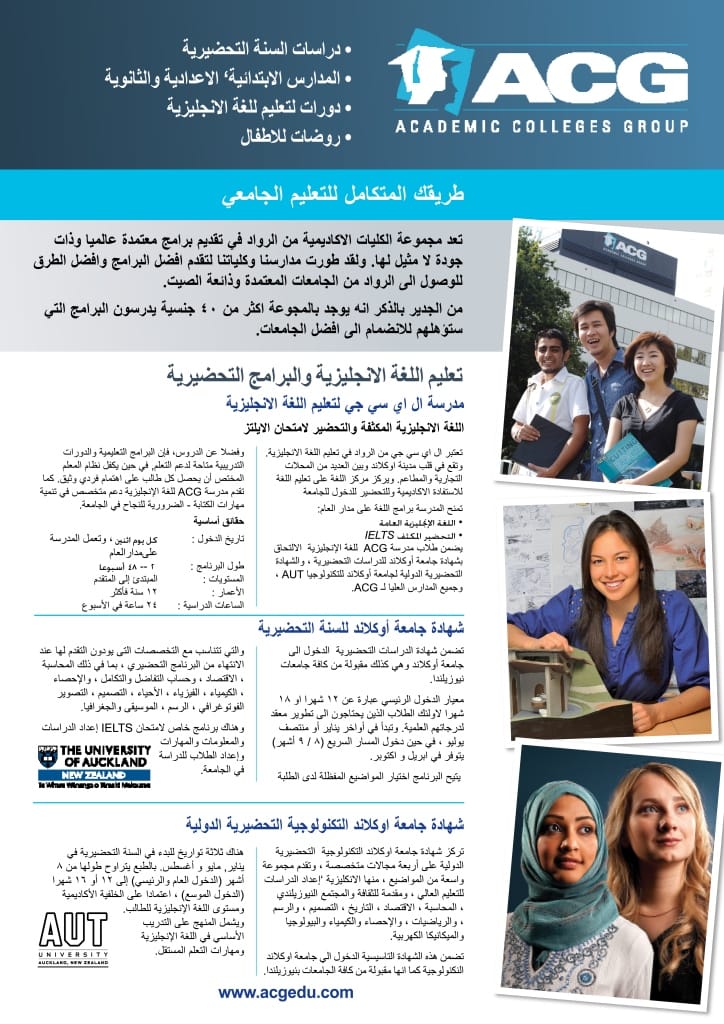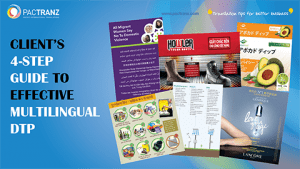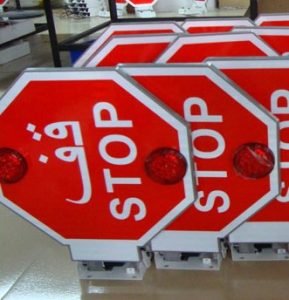Experienced Arabic translators are able to translate materials of all subject matters without particular difficulty. This is true both for translating Arabic to English and English to Arabic.
Naturally there are facets of Islam and Arabic culture and law with no direct equivalents in English.
Dealing with this is a normal part of the art of translation however, and no problem for our trained and experienced translators. They have the required translation practices and research skills to overcome any such issues. 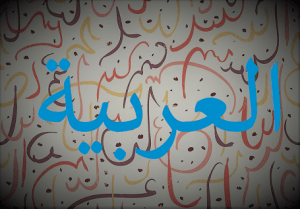
Our Arabic Translation Services
We offer two quality levels for business translations into Arabic - our quality-assured and budget professional translation options.
As standard Arabic fonts come installed on PC and Mac systems, Arabic translations can be supplied as Word or other standard Microsoft Office files.
Frequently we will also provide a pdf of the translation. This avoids any potential font, justification or formatting display issues with English to Arabic translation files.
We also offer a full Arabic typesetting service - see below.
We also translate all forms of business and personal documents from Arabic to English.
And we have experienced Arabic interpreters available for a wide range of interpreting assignments.
The Arabic language
Arabic is one of the world’s great languages.
It is an official language in 24 countries and one of six official languages of the UN. It is spoken extensively throughout North Africa and the Middle East.
There are many regional dialects of spoken Arabic, not always mutually intelligible.
However written Arabic is essentially standardised. Modern Standard Arabic is the official form of the written language used for the vast majority of written materials across all countries.
Arabic script is cursive, meaning letters are joined together much as English handwriting is. The shape of a letter can change depending on what letters it is joined to.
Arabic reads from right to left, so paragraphs are typically right justified.
Arabic translation with typesetting
These days we can directly typeset our Arabic translations into the latest English versions of InDesign and Illustrator. This is a major change from previously, where plugins or specific Middle Eastern (ME) versions of design programs were needed to correctly display Arabic text.
However there are a number of issues that makes Arabic typesetting more complicated than most other languages.
Firstly, elements on the page read from right to left in Arabic, the opposite direction to English. Therefore when we are typesetting into an existing English design file, page order and the layout of items on the page has to be changed to reflect Arabic layout.
This text direction means we need to change most text justification from left to right.
Frequently we also need to increase leading. This is because Arabic has both upper and lower diacritics (accent marks), and we need to make sure the lower diacritics on a line don’t overlap with the upper diacritics of the following line.
There are also issues around the display of numbers and any English text included in the Arabic translation (rather common) that our typesetters need to watch for.
And more generally there can be issues with getting the Arabic text to fit the available space - particularly if point sizes need to be reduced due to increasing the leading.
It's fair to say that Arabic joins Hindi and Thai as our translation languages most requiring specialised expertise for typesetting. However these issues are well understood and easily solved by our experienced Arabic typesetters.
We will generally supply finalised Arabic artwork with the text outlined to curves. This prevents any potential font or text display issues on other machines and systems.
For general information on our typesetting processes, capabilities and quality control measures relating to our Arabic typesetting work, see our separate multilingual typesetting page.
Typesetting Arabic translations together with other languages
Many of our projects combine Arabic and French translations.
With Arabic being right to left and typically right justified and French left to right and left justified, this language combination lends itself to a two column layout.
Placing French (or English for that matter) on the left and Arabic on the right creates an elegant look and makes for user-friendly reading in both languages. Of course such a layout won't be possible in all designs and documents.
Other projects combine Arabic and a wide range of other languages. Product packaging for example often combines English, various European languages and Chinese translations.
In multiple language projects, not only must each language be correctly and professionally typeset, but font styles must be coordinated and text sizes, weightings and layout consistent.
We have particular expertise in both Arabic typesetting and multilingual dtp, and we strongly recommend you let our experienced team handle your projects. They know the traps to avoid and will produce professional quality artwork, every time.
You may also be interested in our guide and free booklet to help clients successfully manage their multilingual projects.
Let us quote your Arabic translation project!
Complete the form below in seconds,
or e-mail us your document,
and we'll e-mail you back a quote asap.
Quote / Order Form
An example of our Arabic translation and typesetting work:
Don't need an Arabic translation right now?
Then why not check out the PacTranz blog - we get 8,000 viewers a month.
Our articles, videos and guides are highly practical - designed to help you make your translation projects run more smoothly. Like these:

